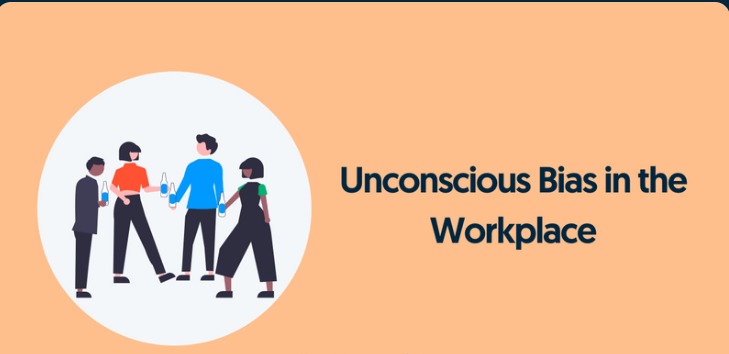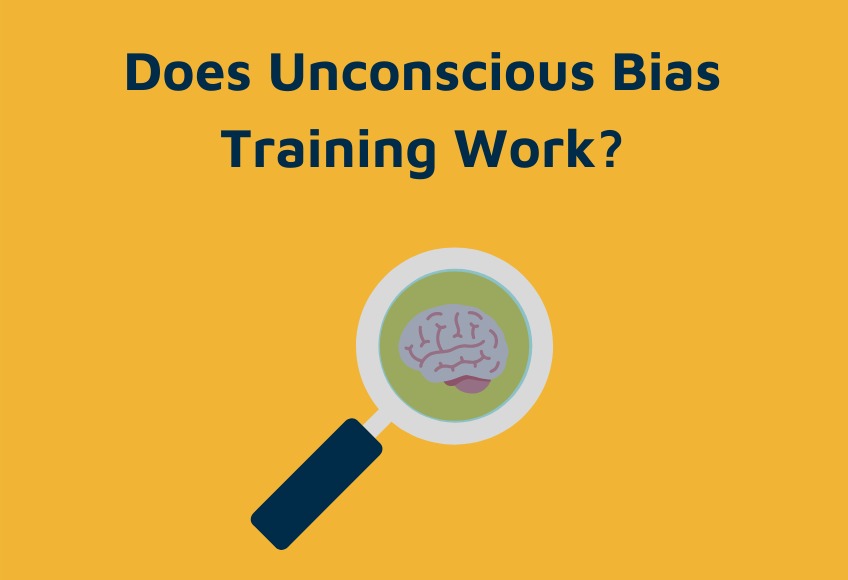
How Unconscious Bias Training Can Help Create a More Inclusive Workplace
Unconscious biases are subtle, deeply ingrained prejudices that can influence our behavior without us realizing it. They emerge from our backgrounds, cultural environments, personal experiences, and societal influences. Unknown to many, these biases can create barriers to inclusivity in the workplace. Consequently, addressing and mitigating these biases is crucial for cultivating a diverse and inclusive work environment. Unconscious bias training serves as a valuable tool in this effort.
Understanding the Nature of Unconscious Bias
Before diving into the benefits of Unconscious Bias Workplace Training, it’s essential to understand the nature of these biases. They aren’t a deliberate choice; instead, they act as automatic mental shortcuts based on societal stereotypes and our experiences. For example, one might unknowingly favor candidates from a specific educational background during recruitment or give more opportunities to individuals who remind them of themselves.
How Unconscious Bias Training Works
Unconscious bias training is a proactive approach to addressing biases in the workplace. Here’s how unconscious bias training can help create a more inclusive workplace:
- Awareness:The first step in addressing unconscious bias is to make individuals aware of its existence. Take this Diversity and Inclusion Workplace Quiz to assess the current state of DEI efforts by your organization. By shining a light on these issues, participants can begin to recognize the biases that may be influencing their behavior.
- Self-reflection:Unconscious bias training encourages participants to reflect on their own biases and experiences.
- Skill-building:Training programs provide participants with practical skills and strategies for mitigating bias in decision-making.
- Inclusive leadership:Unconscious bias training is not limited to individual contributors; it’s also crucial for leaders and managers
- Accountability:Effective unconscious bias training programs emphasize accountability. Participants are encouraged to hold themselves and others accountable for addressing bias in the workplace
Benefits of Unconscious Bias Training
Implementing unconscious bias training in the workplace can yield several significant benefits:

- Increased diversity:By helping employees recognize and address their biases, organizations can attract and retain a more diverse workforce.
- Improved decision-making:Mitigating unconscious bias can lead to more equitable and objective decision-making processes.
- Enhanced employee engagement:When employees perceive their workplace as inclusive and fair, they are more likely to be engaged and committed to their jobs. This can boost productivity and reduce turnover rates.
- Positive organizational culture:An inclusive workplace fosters a positive organizational culture where all employees feel valued and respected.
- Compliance and risk management:In some regions, unconscious bias training may be legally mandated. Implementing such training can help organizations comply with legal requirements and reduce the risk of discrimination lawsuits.
Components of Effective Unconscious Bias Training
- To be effective, the training should:People are more receptive when they feel they aren’t being forced into training.
- Be Voluntary:People are more receptive when they feel they aren’t being forced into training.
- Be Interactive:Engage participants through role-playing, group discussions, and real-life scenarios.
- Offer Practical Strategies:Provide tools and techniques to counteract biases in day-to-day activities.
- Include Follow-ups:Periodic refresher courses and evaluations ensure that the training’s impact remains strong.
How Training Cultivates a More Inclusive Workplace

- Fostering Open Conversations:When employees are educated about unconscious biases, they can discuss diversity and inclusion more openly, leading to constructive dialogues that can inspire change.
- Empowerment of Underrepresented Groups:By making everyone aware of biases, underrepresented groups can feel more supported, knowing that the organization is actively working to create a level playing field.
- Boosting Employer Brand:Organizations that invest in such training are seen as progressive, attracting a broader range of talent.
- Retention and Growth:Employees are more likely to stay in an environment where they feel respected and where their chances for growth are unbiased.
Challenges and Criticisms
While unconscious bias training has gained popularity as a tool for promoting inclusivity, it is not without its challenges and criticisms:
- Effectiveness:Some critics argue that unconscious bias training may not be as effective as hoped. They contend that it can be difficult to measure its impact on behavior and that short-term training sessions may not lead to lasting change.
- Resistance:Not all employees are receptive to unconscious bias training, and some may even perceive it as a form of criticism or as an implication that they are inherently biased.
- Overreliance:There is a risk that organizations may rely solely on unconscious bias training without addressing systemic issues related to diversity and inclusion. Training should be part of a broader strategy that includes policies, practices, and ongoing initiatives.
- Backlash:Some argue that focusing too much on unconscious bias can divert attention away from addressing overt discrimination and systemic bias, which may require more comprehensive solutions. How Unconscious Bias Training Can Help Create a More Inclusive Workplace
Conclusion
The modern workplace is rapidly evolving, and organizations worldwide recognize the importance of diversity and inclusion. Unconscious bias training by the American Diversity Initiative is an instrumental tool in paving the way for a more understanding, inclusive, and productive work environment. When combined with other systemic efforts to ensure equality, such training has the potential to create profound, lasting change.







